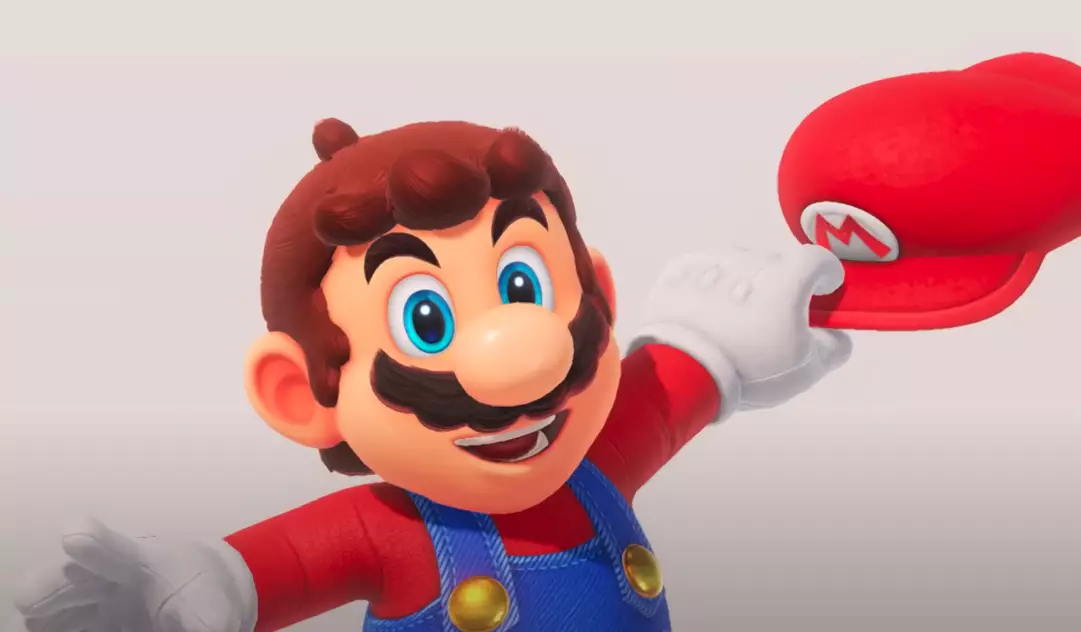The world of video games is often filled with whimsical creativity and unexpected inspirations, and few creations are as iconic as Mario’s pipes from the beloved franchise. Recently resurfaced insights from a 2000 interview with Mario’s creator, Shigeru Miyamoto, reveal a fascinating backstory to these quintessential components of the Mario universe. Although Mario was introduced as a plumber from the outset, the concept of pipes was not immediately part of the game’s design. Instead, it emerged organically from a simple observation in everyday life.
During an unassuming stroll through Kyoto, Miyamoto encountered a plastic pipe protruding from a wall. This everyday sight sparked an epiphany that would shape the gameplay and aesthetic of the Mario series. It served as a solution to a design challenge: how to enable enemies to reappear after they fell off the screen’s edge. Hence, the warp pipe—an object allowing characters to travel quickly between areas and providing new dimensions to gameplay—was born. This innovative approach to design is a testament to Miyamoto’s ability to draw inspiration from the mundane.
Miyamoto’s creative process didn’t stop with the physical form of the pipes. He envisioned a distinct setting for the Mario games—an underground world reminiscent of places like New York, known for its intricate maze of tunnels and passageways. While Miyamoto had never visited New York, the concept of a subterranean environment made logical sense in the context of the creatures populating the Mario universe—turtles, crabs, and flies. The underground setting became a crucial design element; it grounded the whimsical nature of the game within a recognizable framework, enabling players to immerse themselves in an engaging world that felt familiar yet extraordinary.
This thoughtful approach to world-building distinguishes the Mario franchise and highlights players’ imaginations. It bridges the gap between reality and fantasy, employing the simplicity of pipes to create a complex game universe that encourages exploration and adventure.
A peculiar aspect of Miyamoto’s design choices involves the color selection for the pipes. In a retrospective discussion from 2009, he noted that video game technology at the time imposed limits on color usage. The choice of color for the pipes, primarily green, was a pragmatic decision shaped by the visual constraints of the era. Shades of blue were deemed attractive but often too bright. In contrast, green, particularly in dual tones, offered visual appeal while ensuring that the game’s aesthetic remained cohesive.
It’s a fascinating discovery that reminds us of the technological barriers that once existed and how they shaped design decisions in the gaming industry. Here, creativity didn’t just stem from innovative ideas but also from working within limitations, sparking ingenuity in game development.
The Lasting Legacy of the Pipes
As Mario continues to thrive in contemporary gaming culture, it is essential to consider how elements like the iconic pipes transcend their initial function. They have become symbols of the franchise, representing not just a unique gameplay mechanic but also the creative ingenuity of Shigeru Miyamoto and his team. The ability of these pipes to facilitate travel, serve as portals, and create secret passages embodies a core aspect of the Mario experience that appeals to players of all ages.
Despite the ongoing popularity of Mario games, the franchise has yet to announce new titles specifically for the upcoming Switch 2 console. However, anticipation remains high among fans that Miyamoto’s legacy will continue to evolve, potentially bringing new adventures and challenges to the Mushroom Kingdom.
In sum, the origins of Mario’s iconic pipes reveal much about the interplay between inspiration, creativity, and design in video game development. From a casual observation in Kyoto to the intricate world-building that defines the franchise, these elements illustrate how simple ideas can resonate and establish lasting legacies. As we look ahead to the potential for new Mario adventures, the history of these beloved pipes reminds us of the enchanting journey behind one of gaming’s most enduring symbols.

